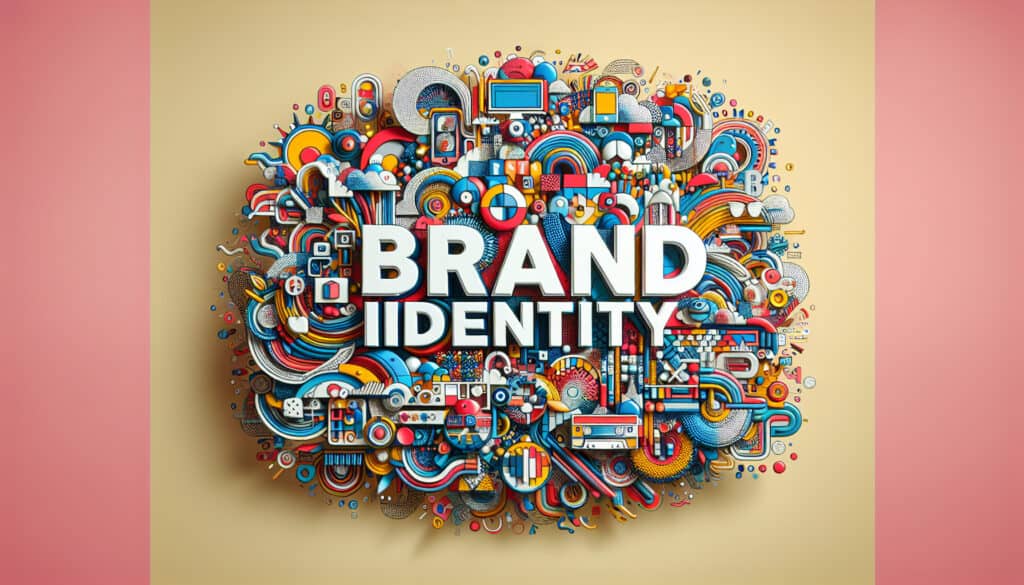The visible elements of a brand, such as color, design, and 标识, that identify and distinguish the brand in consumers’ minds.
- 方法: 客户与营销, 构思, 产品设计
品牌识别

品牌识别
- 品牌定位, 品牌战略, 客户体验, 产品品牌, 产品差异化, 产品定位, 用户体验(UX), 用户界面(UI), 视觉设计
目标
如何使用
- It's the collection of all tangible elements a company creates to portray a specific image to its target audience. It is communicated through logos, typography, color palettes, and messaging.
优点
- Creates differentiation and recognition, builds customer loyalty and trust, and communicates the company's personality and values consistently.
缺点
- Can be costly and time-consuming to develop and implement, requires strict consistency to be effective, and may need to evolve over time, which can be a complex process.
类别
- 客户与营销, 产品设计
最适合:
- Creating a memorable, consistent, and visually recognizable impression of the brand across all platforms.
Brand identity extends beyond visual elements to encompass the emotional connection and perceived value that consumers associate with a business. Effective application can be seen in industries such as technology, where companies like 苹果 leverage sleek design and minimalist branding to convey innovation and premium quality. The methodology can be particularly beneficial during the development phase of new products, where established identity elements guide design decisions and user experience strategies. Marketing teams, product designers, and brand strategists typically take the lead in shaping brand identity, ensuring consistent application throughout various customer touchpoints, including advertising campaigns, product packaging, and social media presence. Additionally, a well-defined brand identity motivates cross-departmental collaboration, aligning product design with marketing initiatives, thereby enabling a unified representation of the brand. This methodology can also adapt to evolving market demands; for example, companies may refresh their brand identity to better resonate with emerging consumer trends or demographic shifts, which can capture new audiences while retaining existing customer loyalty. Recognizing cultural nuances is also important, as brand identity should resonate on a global scale yet be sensitive to local contexts, enhancing relevance and connection.
该方法的关键步骤
- Define brand mission and core values.
- Create a unique value proposition.
- Develop brand personality and tone.
- Design visual elements including logo and color palette.
- Select typography that reflects the brand.
- Create guidelines for brand usage across platforms.
- Implement and integrate brand identity in all communication channels.
- Review and refine brand identity based on feedback and performance.
专业提示
- Utilize data-driven audience research to inform brand identity elements, ensuring relevance and resonance with target demographics.
- Implement a comprehensive style guide encompassing all visual and verbal communications to maintain cohesion across diverse channels and touchpoints.
- Regularly evaluate and adapt brand identity through feedback loops and market changes, allowing for evolution while retaining core values and recognition.
历史背景
1960
1980
1983
1990
1995
2000
2010
1950
1980
1980
1986
1994
1995
2000
(如果日期不详或不相关,例如 "流体力学",则对其显著出现的时间作了四舍五入的估计)。














相关文章
肌肉骨骼不适调查表
多变量测试(MVT)
多元回归分析
动作捕捉系统
MoSCoW 方法
情绪中值测试